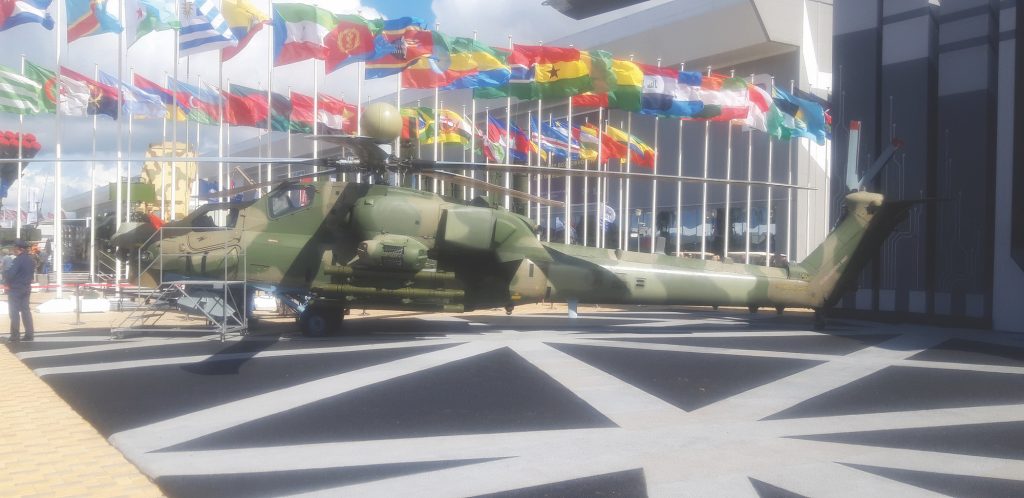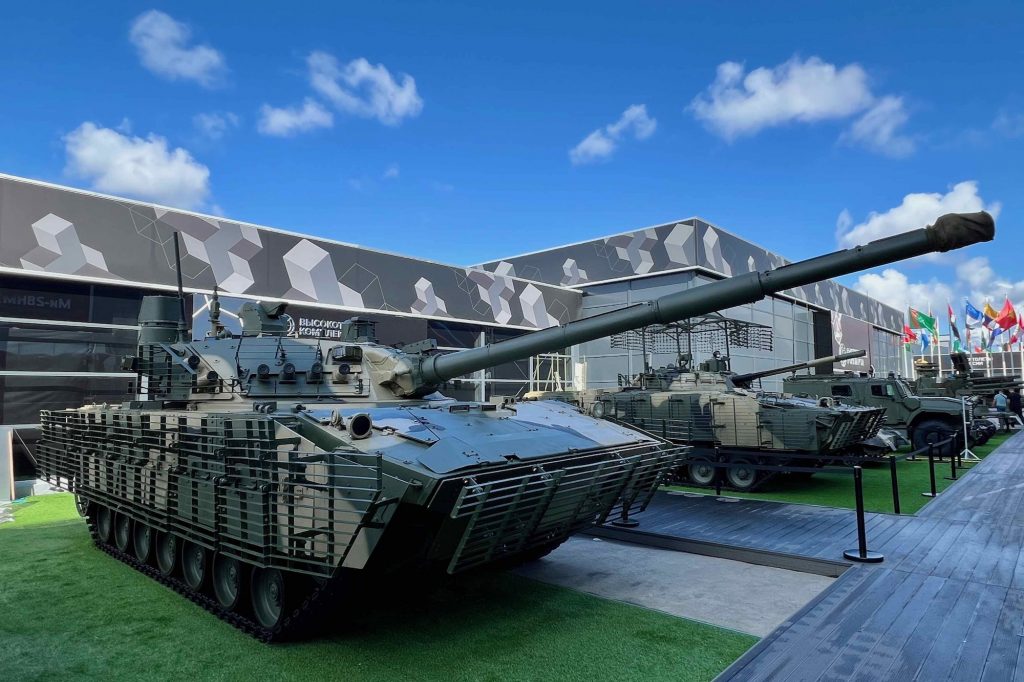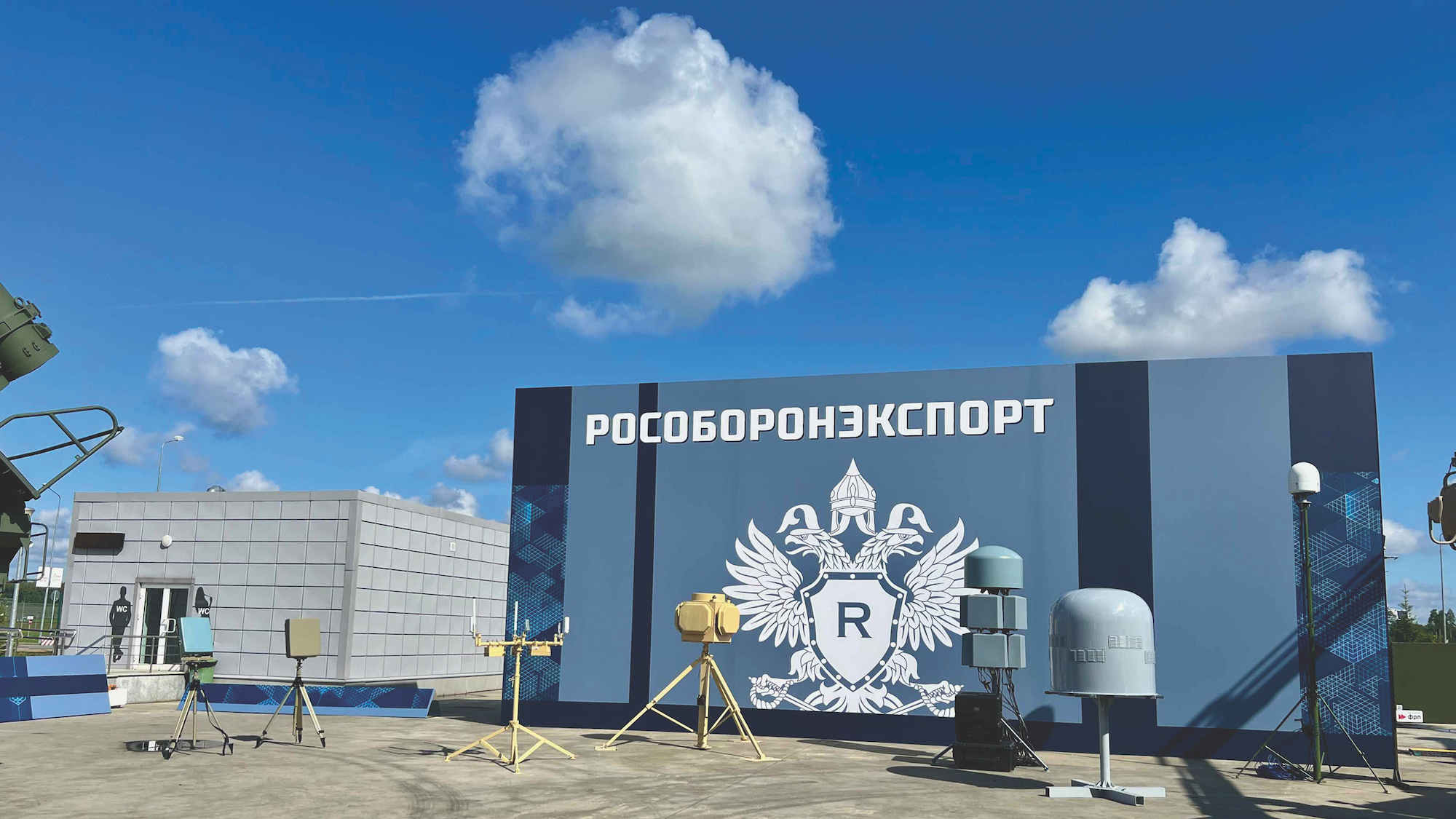Tenth edition ARMY-2024 International Defense Forum a success
THE ARMY-2024 International Defense Forum was successfully held on Aug 12-14, 2024. The 10th Anniversary edition of the exhibition was exclusively for military, industry and media, hosting official delegations from over 80 countries. The show recorded around US$5.6 billion in contracts.
Major companies of the Russian defence industry exhibited their best equipment and systems, majority of which were combat-tested or inspired by combat experience for prospective export customers. Rosoboronexport is Russia’s only state-controlled exporter, was presented as a single export cluster showcasing cutting-edge technologies from leading Russian defence companies including unmanned solutions for all domains of warfare, UAV countermeasures systems, precision guided weapons, artillery systems, armoured vehicles and air defence assets at its show site and at other leading Russian manufacturers’ booths.
There were over 700 defence, dual-use and civilian products on display, with many making their debut. Among them were the Lancet-E loitering munition system with two different guided munition carriers, SPTP2S25M (Sprut) upgraded light amphibious tank, MGTT-LB robotic multipurpose tracked transporter/tractor, Plastun universal transport platform, Spartak and Tigr-M SpN wheeled armoured vehicles equipped with unmanned aerial vehicles, as well as a number of the latest UAV countermeasures.

The Mi-28NME, nicknamed the Night Hunter, is an export version of the upgraded variant of the Mi-28N combat helicopter, attracting the attention of visitors. It was designed to provide fire support for advancing troops and those in active anti-armour defence, had been combat tested to prove its deadly efficiency.
The Mi-28NME is all-weather and supplies round-the-clock combat application capability as well as extended fire power with four points to employ a variety of guided and unguided weaponry, including Ataka-VM anti-tank guided missiles (ATGM) with laser guidance system and Khrizantema-VM missiles with a dual-control system featuring both radio and laser-beam channels. It can also be equipped with Strelets-VM and the latest 305E light multipurpose self-guided missiles with both optic and thermal channels. The 305E extends the helicopter firing range up to 14,500 m against enemy targets at a safe distance from enemy MANPADs fire. Apart of guided and non-guided weapons, the helicopter is also equipped with 2A42 30mm automatic gun.
Tula-based KBP Design Bureau named after Arkady Shipunov, a subsidiary of High Precision Weapons, introduced a new version of the Pantsir air defence missile and gun system, named Pantsir-SMD-E. This upgrade differs from previous version mainly due to the exclusion of 30mm automatic guns in favour of anti-aircraft missiles of various calibres. The Pantsir-SMD-E is composed solely of a combat module, a design adjustment intended to address both large targets and smaller drones.
A significant development in this version of the Pantsir system is the incorporation of up to 48 short-range interception mini-missiles, housed in five new quadruple containers, to engage targets at ranges between 500 and 7,000 m, and at altitudes ranging from 15 to 5,000 m. Thus, the Pantsir-SMD-E can simultaneously track and engage up to 40 targets, providing a robust defence capability against multiple incoming threats.

At ARMY-2024, Rosoboronexport held a number of talks with potential customers and discussed, in particular, technology partnership contracts. BrahMos Aerospace, highlighted the equal and bilaterally beneficial technological partnership at the show. It was announced during the event that the Russian-Indian joint venture plans to begin testing the latest air-launched supersonic missile BrahMos-MA (previously designated as BrahMos-NG) in two years.
The BrahMos-MA will be a scaled-down variant of the existing BrahMos missile. The new missile is anticipated to maintain a range of 290 km and achieve a supersonic speed of Mach 3.5. However, it will be at least three metres shorter and 50% lighter than the current version of the BrahMos. The BrahMos missile, currently fired from the air, weighs about 2,400-2,500 kg, whereas the weight of the new compact missile will drop to about 1,206 kg. The missile’s reduced weight and dimensions will allow it to be transported by a greater range of platforms, including fighter planes and traditional submarines.-shp/adj/dl (Pix:LAGUK MEDIA)


